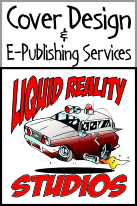I am very excited and proud to announce my latest release Stuck In Korea Time.
Air Force First Sergeant Brenda Livingstone may have returned from her assignment in South Korea, but that doesn’t mean she has been able to leave her tour behind. It’s been five years, but the memories of one violent weekend still represent the best and worst of her life – a time when love and honor faced off against fear, pain, and loss.
Editor: Marcia Lindley. Cover Design: Liquid Reality Studios
Stuck In Korea Time is now available on Amazon – the large button on the left will take you there. Also available from Barnes and Noble for the Nook. Thanks so much to all the folks that help me make this happen. Please share the link with your friends and family.

